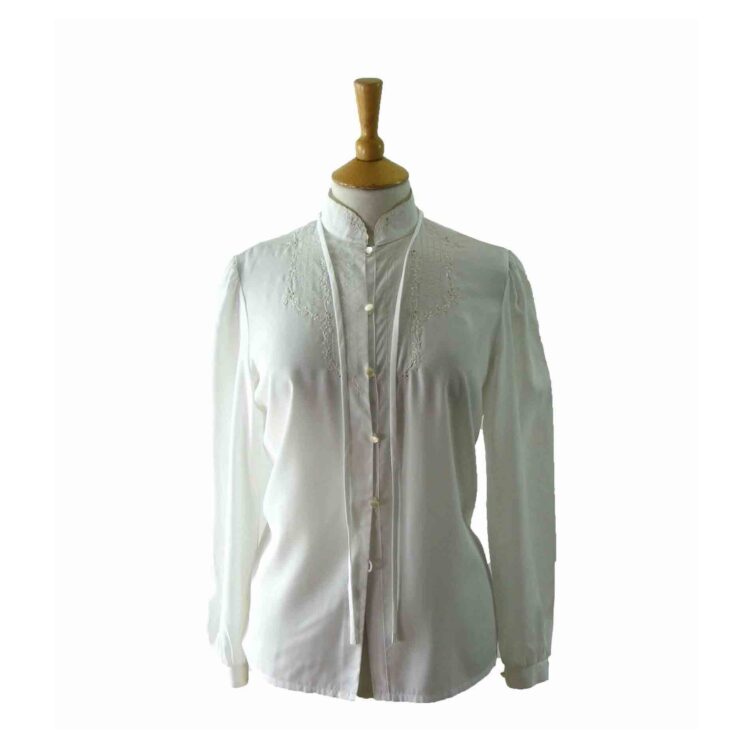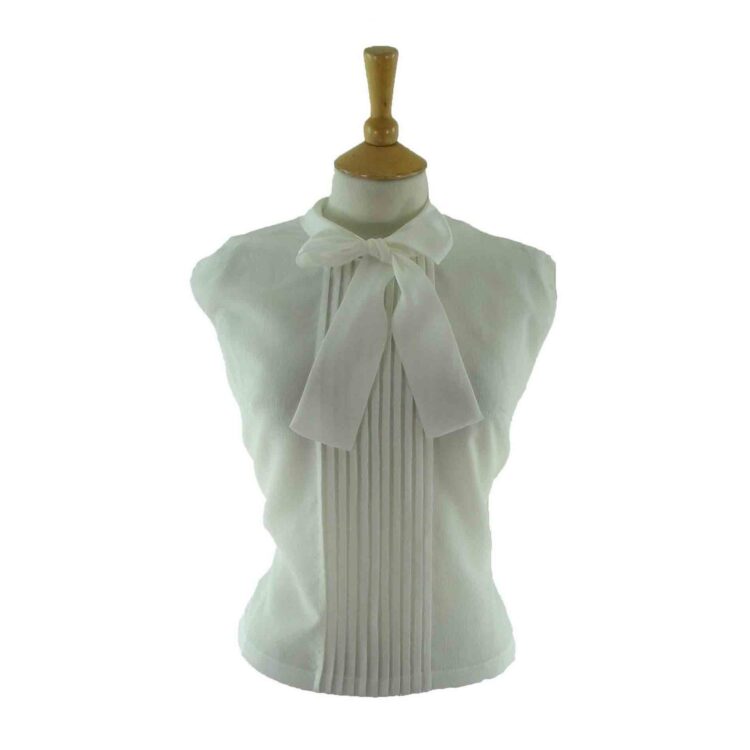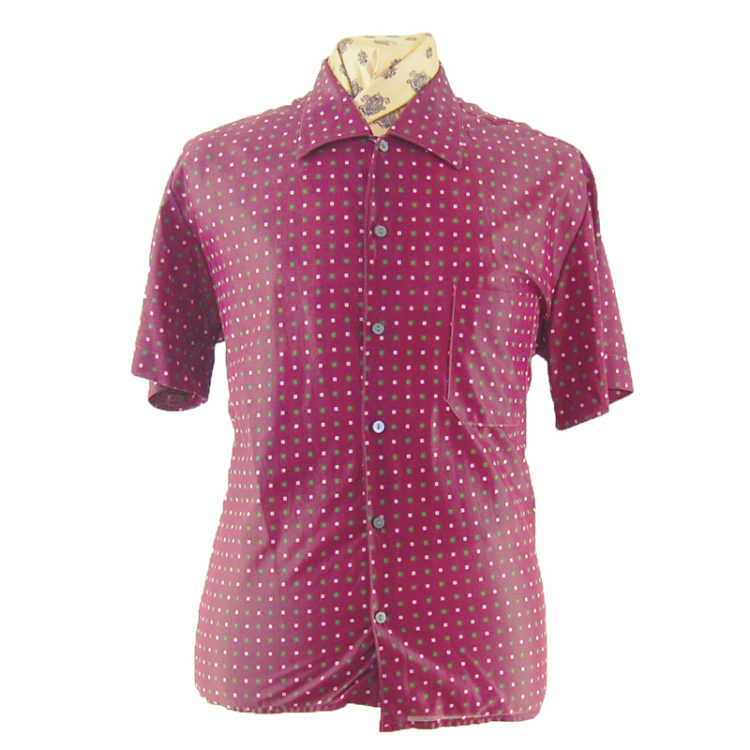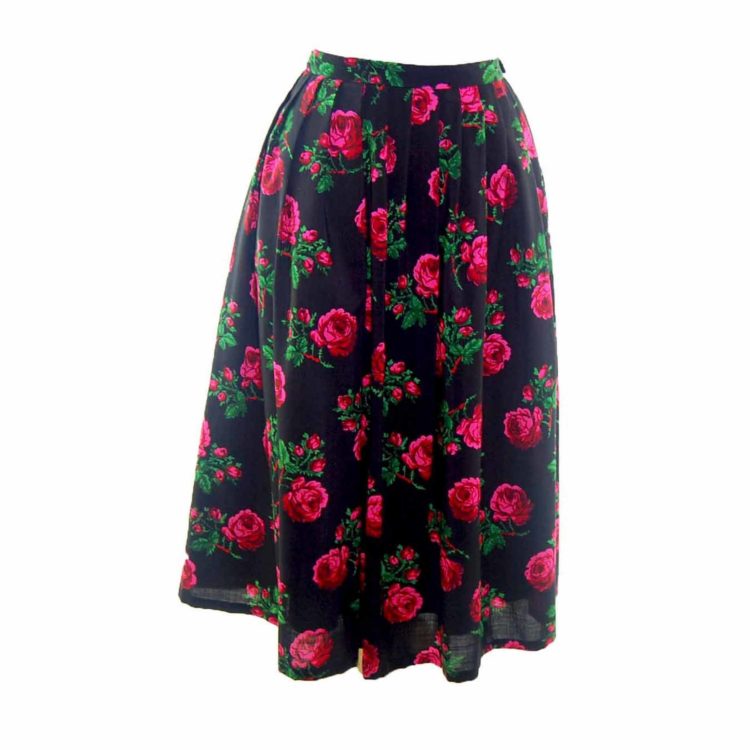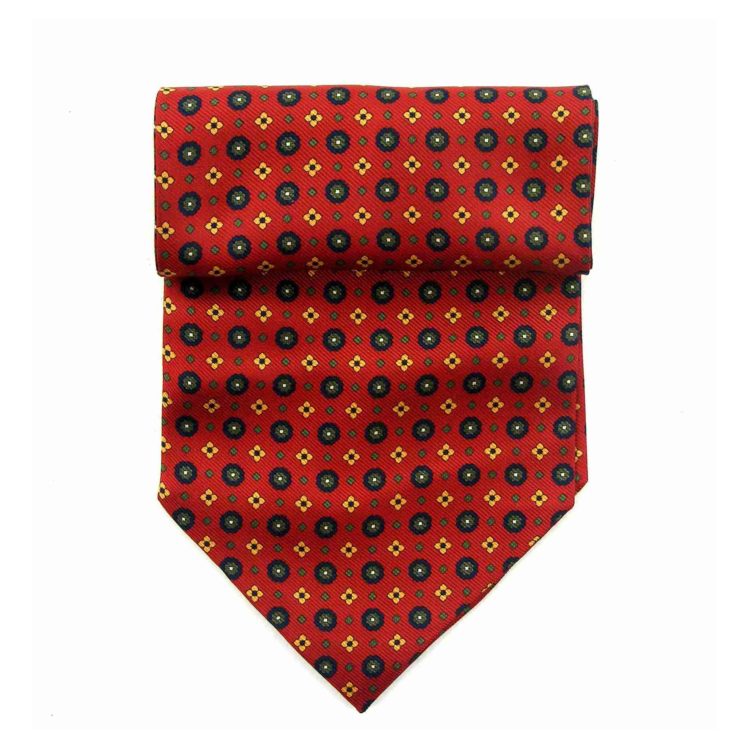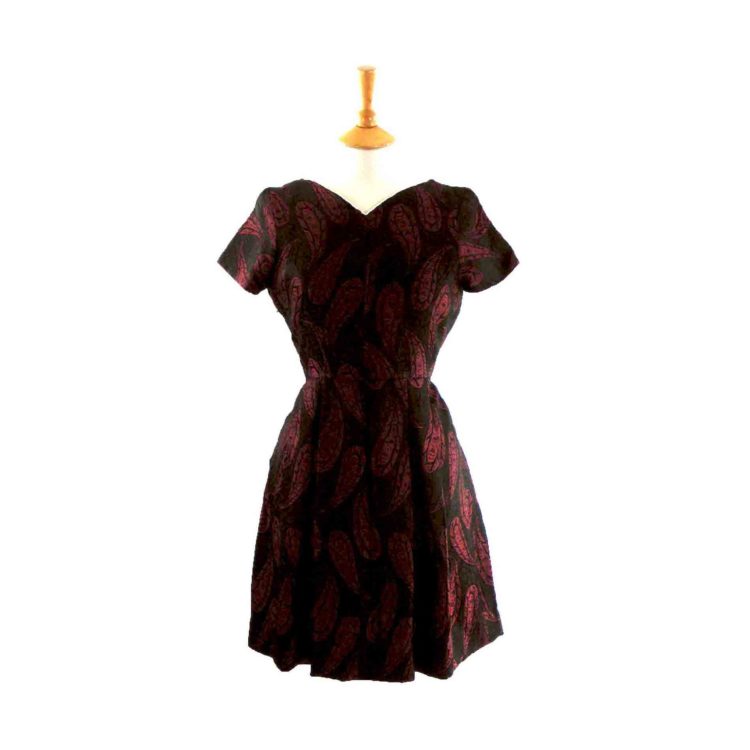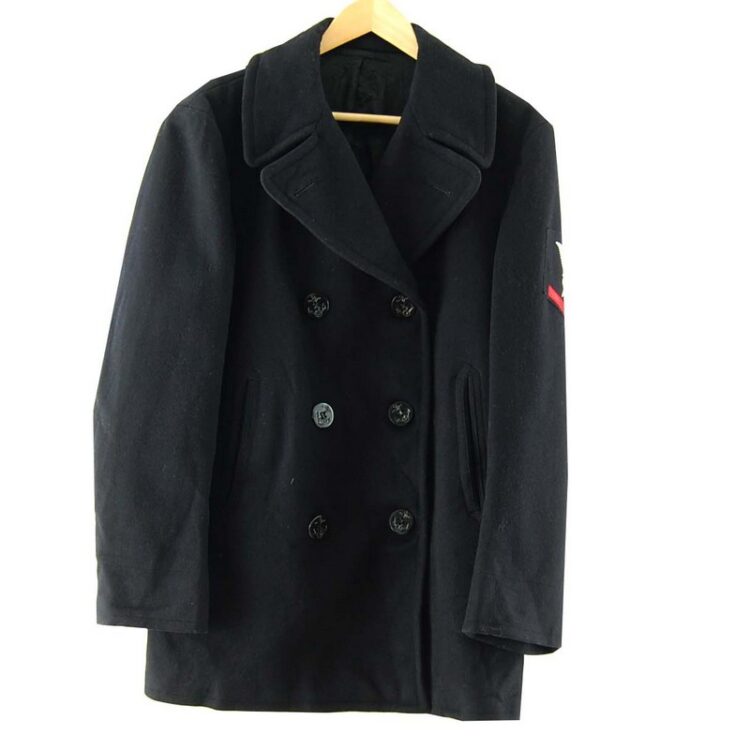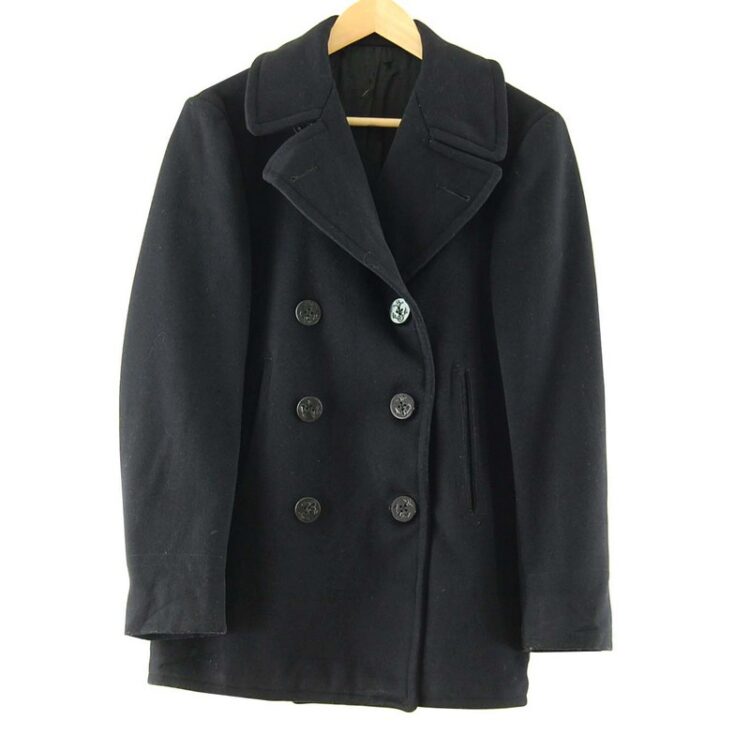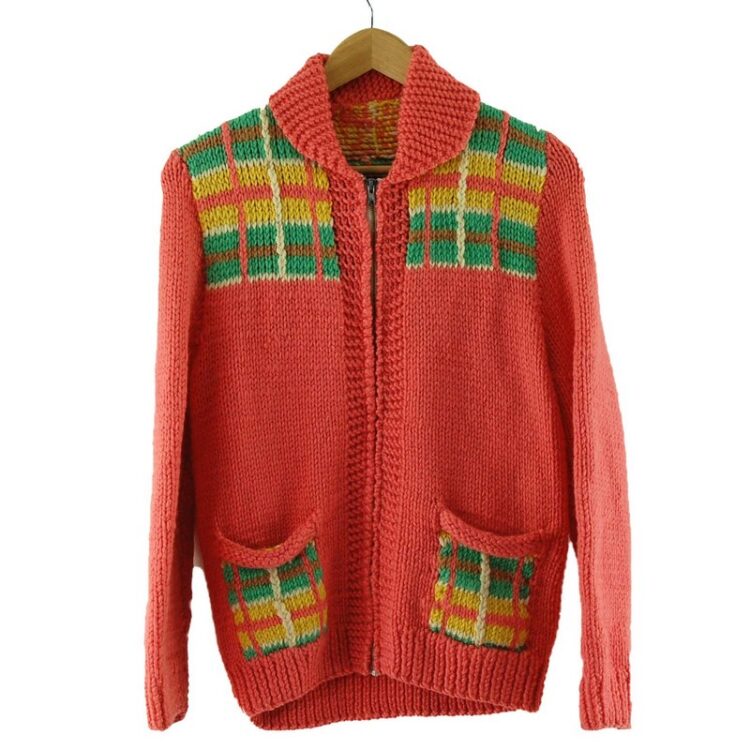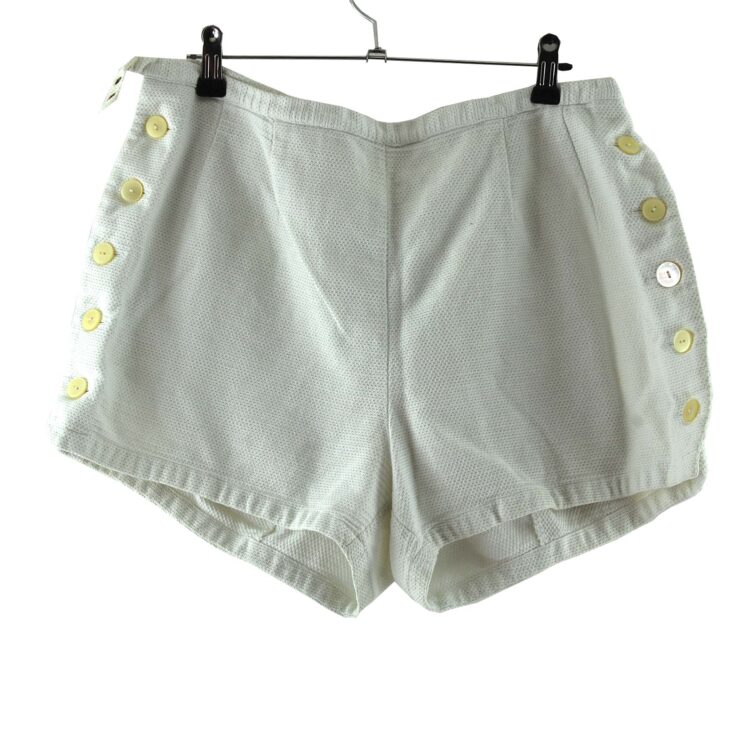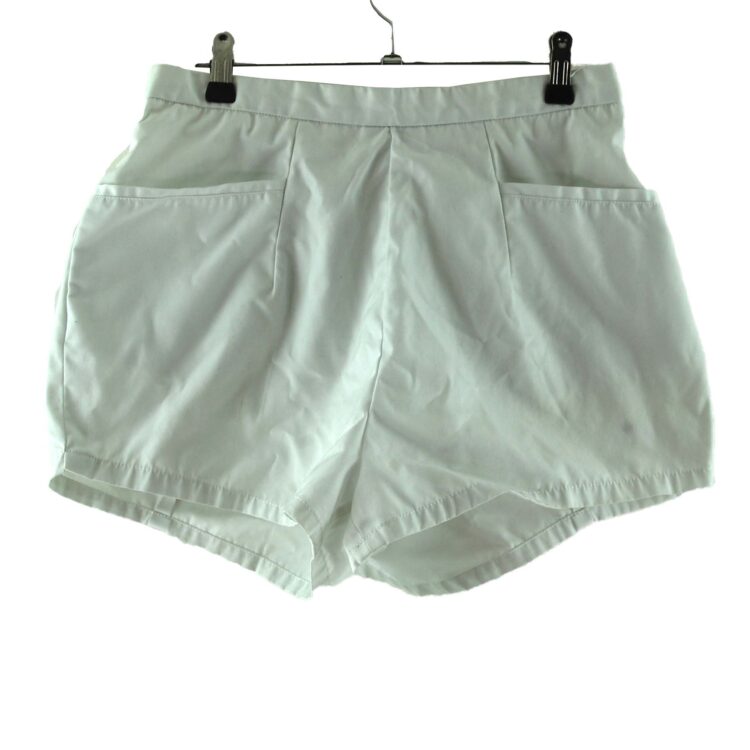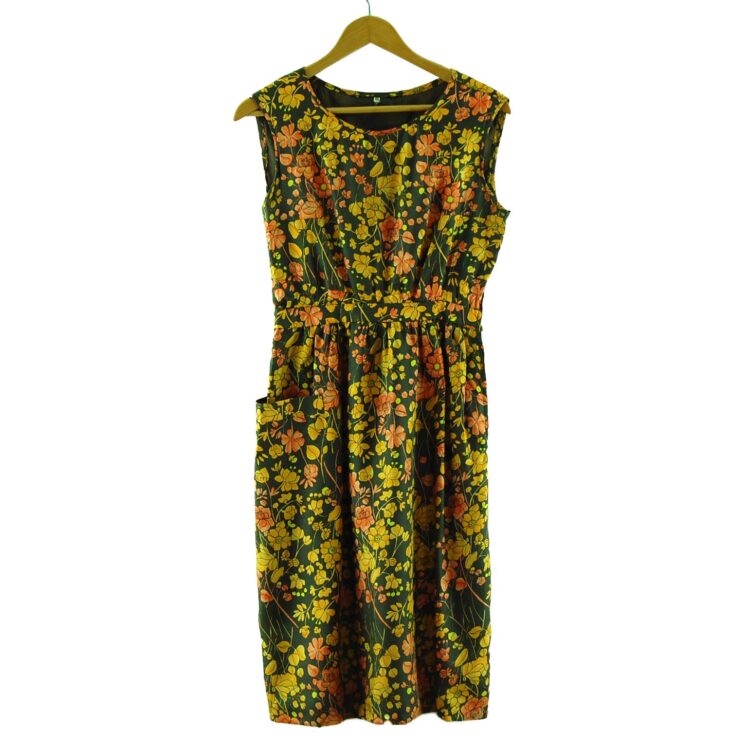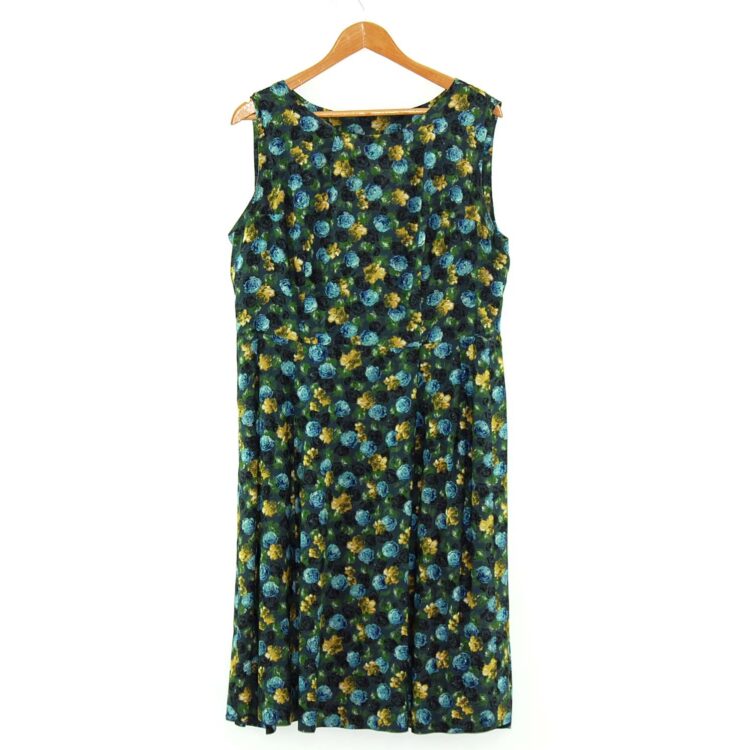Science fantasy and fiction and the burgeoning space race and technology brought inspiration to sixties fashions with metallic fabrics and finishes and highly inventive geometric designs that made the human body appear like a transparent gallery.
The inventive use of techniques influenced by photographers in the 1920s and 1930s fashion Photography played an important role in the iconic sixties fashion images we see today.
Hemlines went way up and by design, not as in the 1940s due to shortages of raw materials needed for the war effort. Among the most memorable designs of the nineteen-sixties was the birth of the Mini-skirt which was made in every conceivable fabric and in every colour.
Dress shapes such as the short A-line and shift became highly popular with younger Women.
New fabrics like PVC and an increased use of leather, particularly in bright colours and black became fashionable. Metals with Chrome, gold and copper finishes were used effectively to produce stunning spatial effects. Much of the clothing, footwear and accessories produced were offered at low prices to entice a new generation of younger people, eager to adopt the latest styles from the latest trends.
Memorable swinging sixties
The sixties was a decade that transformed how the world viewed pop music, politics and culture. And, it redefined many stereotypes about young people.
When we talk about the sixties, we most often link it to non-fashion events – like the landing on the moon. However, in many ways, that decade spawned a cultural revolution with deep-seeded roots in fashion.
It was a decade where politics and culture intersected, and that gave birth to a whole range of fashion ideas that survive, and I dare say thrive, even today.
Unforgettable moments
When it comes to unforgettable moments of the decade, the Vietnam war is likely an event that we all link to the 60s.
While harsh and violent in its beginning and ending, even the war brought about fashion moments for us to smile about.
Sixties style khakis and battle fatigues could be seen worn by both young and old alike.
Fashion in the UK and USA in the Sixties
And everywhere around London and other large metropolitan areas you could see post war fashion – combat boots and Peace pendants – displayed for all to see.
And while that invasion commands a lot of attention, another more subtle one was underway – the British Invasion – across the Channel. More than anything else, it was that sixties invasion which brought unforgettable swing to the decade.
While horrific World War memories will always remain firmly entrenched in the minds of historians and observers of those unforgettable events, the sixties invasion of the U.S. was something unprecedented in the history of Britain.
It was an incursion of one world war ally (Britain) against another (the U.S.) – but there were no guns, bullets or bombs!
New values and aspirations
The swinging sixties was all about love, peace, music and fashion. And young people embraced it with gusto and enthusiasm. They had grown up living through some of the most horrific decades in the history of the modern world. The sixties changed all of that for them.
Music by popular artists like the Beatles brought new hope to a generation of people that grew up in the 60s.
Artists like John Lennon, Paul Simon and Bob Dylan poured their hearts out to bring solace and comfort to the working class in both America and Britain.
And the while the Beach Boys and the Rolling Stones did their part to meld music and fashion together, English fashion designer Dame Mary Quant, DBE, FCSD, RDI (aka: Barbara Mary Plunket Greene) was instrumental in spreading Britain’s Mod fashion gospel to young people – especially eager women – across both sides of the English Channel.
Yes, even though the sixties may have been memorable because of the Vietnam war, the moon landing and Martin Luther King’s “I have a dream” speech and pop music, many fashion-related popular culture memories are also associated with the swinging sixties.
Sixties fashion invasion
Back in the nineteen sixties, women embraced bell bottom pants that were worn with decorated felt poodle thigh-high skirts.
Post war bell bottom pants and blue jeans, primarily inspired by anti-war rebels like James Dean, were also hip back then.
The 60s saw the streets of London, and many other western fashion capitals of the world, lined with women wearing pointy-toed stiletto heels and saddle shoes.
Many a popular war-inspired TV show also featured young people dressed in combat boots and army-styled collared jackets. And the appetite for sixties war-related fashion didn’t just stop at clothes and footwear.
Many working class youth embraced hairdos that were reminiscent of those war years: Typically, girls sported pony tails while it was flat tops or crew cuts for the boys.
British
It’s true that the British Invasion took America by storm and made the mop top a popular hair style for girls and boys in the sixties. And despite the Cuban missile crisis of the early 1960s straining relations between the west and the then communist-backed nation, politics and culture merged yet again.
The Beatles made Cuban heels and skinny suits a sixties staple for generations of young men in the west.
Brian Epstein
Legend has it that the Beatle shoe – that pointy-toe bootie – was the brainchild of band manager Brian Epstein. He started off with 4-pairs of Chelsea boots, and then added Cuban heels to them. And the rest is popular culture history:
The Beatle Boot was born! Today, popular labels like Giuseppe Zanotti and Ralph Saint Laurent are capitalising on that early 1960s trend, and offering their own versions of John Lennon and Teams’ footwear – at exorbitant price tags.
Today, online retailers like ASOS bring the cultural revolution into the modern era with their vast selection of sixties inspired line-ups. Even English brick and mortar retailers, like Topman, are doing their part to revive an unforgettable part in the history of Britain.
All you need to do is walk into one of these stores and you’ll see row-upon-row of 60s-style skinny Cuban suits popularised by the British pop icons from years gone by.
More post war fashion inspiration
It wasn’t just the Americans, supported by World war allies Britain, who were involved in international conflicts in the sixties.
The Vietnam war also had a lot of French involvement, and just as the mop-top four from U.K. silently invaded the United States, the French too had their fashion coup for the Americans.
Already household names in the U.K. and most of Europe, popular French fashion designers like Givenchy, Chanel and Dior were quick to export their post war fashion concepts to North America.
A major win for the French was the introduction of the pantyhose (stockings), which would later redefine how fashion evolved.
Years later, that sixties trend was the inspiration behind the wardrobes of many popular culture icons, like Teena Turner and Madonna. Actresses like Italian Barbara De Rossi and Friends TV show star Jennifer Aniston (nee: Rachel Green) made wearing stockings chic, fashionable and “the in-thing” for the modern woman.
The Beatles
And who can forget the Beatle’s Sgt. Pepper Jackets? Born out of inspiration from the sixties hippie movement, this post Vietnam war era fashion statement featured floral patterns, corded fronts and bell-bottomed sleeves.
Many working class Brits and Americans loved this particular fashion idea.
In fact, decades later Paul McCartney’s daughter (Linda) created a collection inspired by this post war trend for Gap Kids. And then, modern-day legends like Michael Jackson, and later the performer known as “Prince”, embraced that icon of the swinging sixties and produced their own versions of Sgt. Pepper Jackets.
And there was the iconic piece of sixties eyewear popularised by John Lennon. Part of the Beatle-inspired cultural revolution, the round wire framed specs became a trade mark for many an anti-nerd fashion statement.
Later, the bio-pic on China’s last emperor Pu Yi, aptly titled The Last Emperor, featured a pair of glasses based on this swinging sixties icon. Popularly known as “Pu Yi” glasses in many Chinese and Mandarin-speaking countries, many among the working class population embraced this round rimmed spectacle.
As popular culture often imitates real life, many years later the round glasses – or a refined version of it – once became popular among young people following the escapades of the boy wizard Harry Potter.
A sixties icon was once again revived all across Britain and the United States, and the rest of the cinema-loving world.
Liberated sixties women
None other than Mary Quant can really be credited for stirring up one of the most intense post war conversations around politics and culture, and injecting fashion into the mix.
Until the 60s came around, it was taken for granted for women to be “modest” and “culturally appropriate” in what they wore. The general consensus was that the less skin you showed the better.
But then, Mary Quant happened, and the sixties woman was liberated from all the social taboos that until then held them back. In the early 1960s, Ms. Quant was inspired by the popular culture unfolding in and around her in Chelsea.
In a brazen attempt to push the boundaries of what was socially “acceptable”, this British fashion icon created the mini skirt – a piece of garment that exposed much more of a woman’s legs than ever before in the modern history of Britain.
The thigh-grazing dress, usually worn barelegged or accompanied by stockings (pantyhose) was an instant hit. In true swinging sixties style, Quant’s creations were snapped up by the dozens by fashion hungry young ladies.
Young girls and adult women alike gravitated to the newly arrived fashion phenomena. You would see scores of liberated young people don on their minis under Peter Pan collar shirts and accompanied by knee-high boots.
Scope
Everywhere you went – a pop music festival, a Christmas Bazaar, the mall, the cinema or on the train or the bus – you couldn’t help but see scores of young ladies wearing a Mary Quant creation.
The colourful patterns and bright fabric ushered in a post war era of fun and festivity. After being suppressed for decades, women at last felt free to express themselves through Quant’s fashion.
Of course, like the Vietnam war, there were fierce opponents of the mini, both in Britain and the United States alike. People considered it a vulgar garment for young women to wear, and linked it to the uniform of the sex and drug popular culture.
Fashion in Sixties media
However, nothing could put the genie of the liberated woman back into its bottle. Soon, every popular TV show and movie in town featured this sixties fashion icon on their screens.
The mini skirt was so entrenched in the ongoing liberation cultural revolution, that when Dior featured longer hemlines during his catwalk event in 1966, mini-skirt lovers voiced their strong disapproval through protests outside the venue.
Today’s body-positive movement has spawned a movement of its own, very much like the one that Mary Quant started with her mini. Thanks to that fashion icon of the sixties, women are encouraged to wear whatever they want today. There’s no social taboo attached to showing too much or too little skin in public.
Everyday sixties fashion
Fashion in the 60s wasn’t just about your favourite TV show or a cult-like appeal of your beloved movie or pop music star. Every-day people were also played their part in crafting fashion trends throughout the decade.
Young school-aged girls and boys across Britain wore short pants and sported knee-high socks while trotting off to school.
Many working class families had their children wearing camp shorts and cut off short pants, and donning a pair of tennis shoes to match. It was often fashionable for the school-goers to wear a cardigan or blazer – usually navy blue or dark grey – for important social or family events.
Sixties wardrobe choices for the every-day teenager included distressed clothing, tie-dye shirts and blue jeans.
Never before in the history of Britain has a war inspired so many people from all walks of life to express their opinion about a conflict.
Teenagers and young adults embraced popular culture and showed their dismay for conflict by wearing peace sign pendants around their necks, love insignia patches on their jackets, and wearing their hair long, unkempt and stringy like the Beach Boys and Rolling Stones.
The Vietnam war also inspired an entire generation of young adults to embrace “matching” outfits for work and leisure. Famous personalities from politics and culture favoured military-style khaki shirts and trousers when attending public events.
https://en.wikipedia.org/wiki/Mary_Quant
http://tttc11-2.blogspot.com/2011/05/fashion-during-vietnam-war.html
https://www.history.ac.uk/history-online/journal/sixties-journal-history-politics-and-culture
https://www.everythingzoomer.com/style/2018/02/07/the-beatles-fashion/
https://www.standard.co.uk/lifestyle/london-life/mary-quant-mini-skirt-liberated-women-a3764166.html
